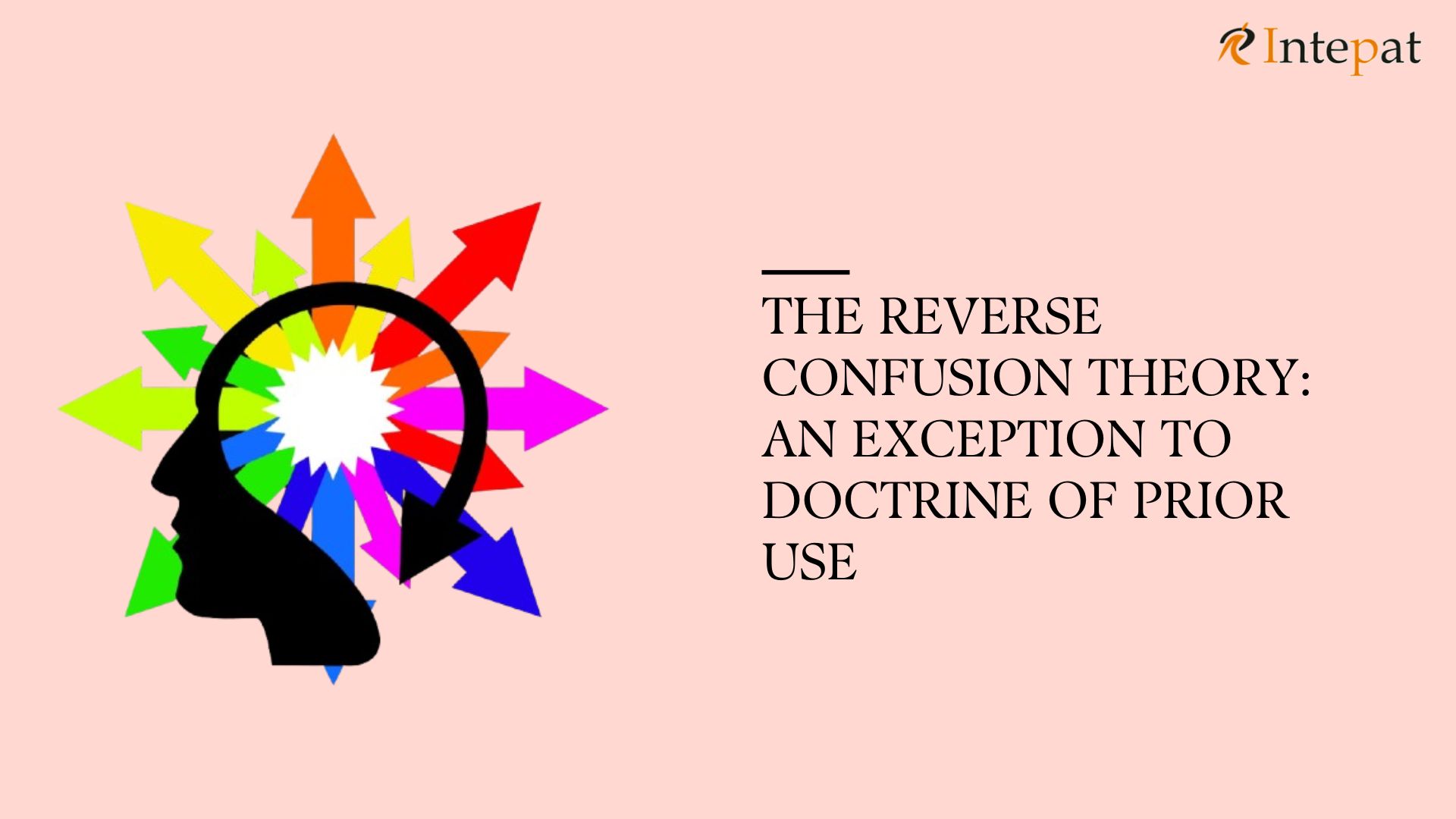Introduction
Trademark law is mainly governed by two key principles: “first to file” and “first to use.” While countries like China focus on the “first to file” rule, India gives more importance to those who first use a trademark in the market. This principle helps protect small businesses that adopt a trademark before larger companies enter the same space. However, there’s an interesting twist known as the Reverse Confusion Theory, which challenges the traditional idea of prior use. This article explains what reverse confusion means and how it affects businesses, using case examples from India and the U.S.
What Is Reverse Confusion Theory?
When we think about trademark disputes, we often imagine a small company trying to imitate a bigger, well-known brand. This is known as forward confusion, where the goal might be to benefit from the larger company’s reputation.
But reverse confusion flips this scenario. Here, a large company (the junior user) starts using a trademark that a smaller business (the senior user) has already been using. Because the big company has more resources for marketing and advertising, it overwhelms the smaller business’s brand identity. This can lead consumers to mistakenly believe that the smaller company’s products are connected to or owned by the larger company.
For example, if a small local coffee shop called “Brew Bliss” has been around for years, but a big international coffee chain suddenly launches a product line with the same name, people might think the local shop is copying the big brand—even though the opposite is true.
The purpose of the Reverse Confusion Theory is to protect smaller businesses from losing their brand identity when bigger companies unintentionally overshadow them. This helps ensure fair competition and protects the hard-earned goodwill of small enterprises.
Key Case Laws on Reverse Confusion
United States
- Big O Tire Dealers, Inc. v. Goodyear Tire & Rubber Co.
In this landmark case, Big O, a small tire company, had been using the trademark “BIG FOOT” since 1974. Later, Goodyear, a much larger company, started using the same name for its tire products. Big O sued Goodyear, claiming trademark infringement. The court ruled in favor of Big O, stating that large companies shouldn’t be allowed to dominate smaller businesses simply because they have more money for advertising. This case set the foundation for recognizing reverse confusion under U.S. trademark law.
- Banff, Ltd. v. Federated Department Stores, Inc.
This case further confirmed that reverse confusion is a valid legal claim under the Lanham Act, which governs trademarks in the U.S. It emphasized that the law protects not just against deliberate copying but also against situations where large companies unintentionally overshadow smaller brands.
India
- Allianz Aktiengesellschaft Holding v. Allianz Capital and Management Services Ltd.
This case involved a trademark dispute between a German company, Allianz Aktiengesellschaft, and an Indian company, Allianz Capital. The court recognized the risk of reverse confusion, where the Indian company’s strong local presence could overshadow the German company’s brand in certain sectors. The court allowed both companies to use the “ALLIANZ” mark but limited its use to avoid market confusion.
- AZ Tech (India) v. Intex Technologies (India) Ltd. (2016)
In this case, AZ Tech accused Intex of using the trademark “AQUA” for its mobile phones, claiming it was already in use by AZ Tech. However, the court found no evidence that Intex was aware of AZ Tech’s mark when launching its product. As a result, the court ruled there was no case of reverse confusion, highlighting the importance of intent in such disputes.
When Does Reverse Confusion Apply?
To prove reverse confusion, certain conditions must be met:
- Likelihood of Confusion: There must be clear evidence that consumers are confused between the two brands.
- Size of the Junior User: The larger company must have significant market influence, which could overshadow the smaller brand.
- Intent: If the larger company knew about the smaller brand and still used the same or a similar trademark, it strengthens the case.
- Market Overlap: Both companies should be operating in the same or related markets.
- Harm to the Senior User: The smaller business must show that its brand reputation or sales were negatively affected.
Conclusion
Trademark owners, especially small businesses, must stay alert to how their brands are used in the marketplace. Larger companies should also be careful when adopting new trademarks to avoid unintentionally harming smaller brands. Courts play a critical role in ensuring fair competition by protecting businesses from reverse confusion. This helps maintain a balanced trademark system that supports both big and small enterprises.
Written by Khushee Runthala, Assessment interns @Intepat IP



